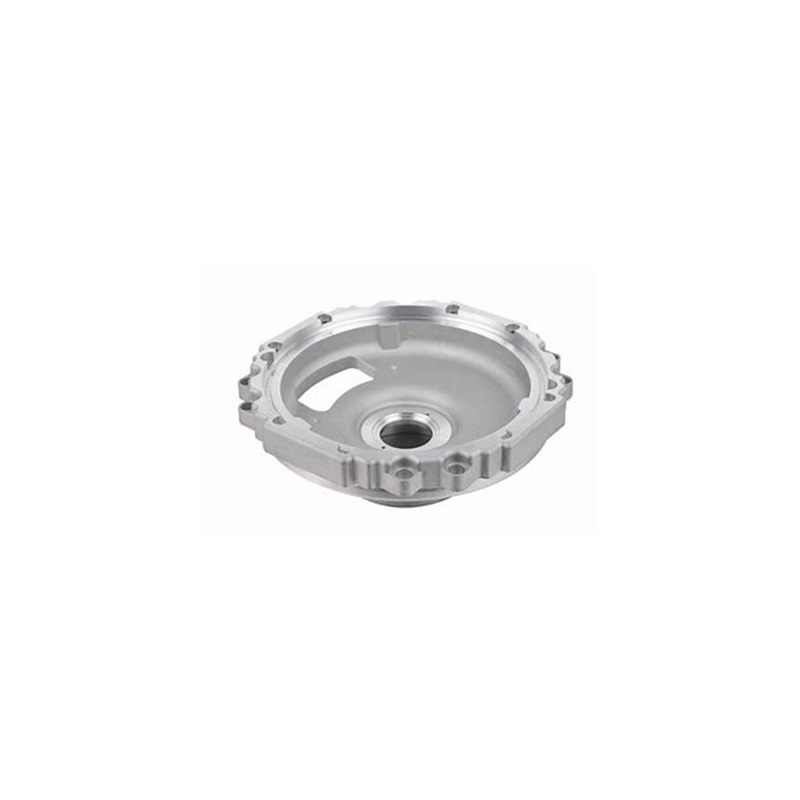
Ever noticed bubbly surfaces on aluminum fixtures? That’s trapped gas escaping. Traditional methods struggle with complex designs. For decorative applications like architectural hardware, surface defects ruin aesthetics. Surprisingly, 32% of decorative casting defects originate from improper mold design (International Journal of Metalcasting).
| Factor | Die Casting | Sand Casting |
|---|---|---|
| Surface Finish | Mirror-like (Ra 0.8μm) | Rough (Ra 12.5-25μm) |
| Detail Precision | ±0.1mm tolerance | ±1.5mm tolerance |
| Production Speed | 90-100 shots/hour | 4-6 units/hour |
High-pressure die casting enables unparalleled detail replication. Unlike sand casting, mould die castings capture intricate patterns effortlessly.
Run flow analysis before cutting metal. We use MAGMASOFT® to predict air entrapment zones. This prevents 80% of surface defects.
Apply chemical etching to mold cavities. This transfers wood grains or stone patterns onto aluminum surfaces.
Extract air during injection. Our tests show vacuum systems reduce porosity by 60%.
Use conformal cooling channels. Maintains even temperature for consistent finish.
Apply micro-arc oxidation for color stability. Creates durable anodized-like finishes without chipping.
Warning: Never compromise on mold steel quality. H13 tool steel lasts 100,000+ cycles versus P20’s 20,000 cycles. Cheap molds cause dimensional drift in decorative mould die castings.
Another pitfall? Ignoring draft angles. For textured surfaces, increase draft by 1-2° minimum.
We faced bubbling issues on luxury door handles in 2025. By implementing vacuum-assisted high-pressure die casting and upgrading to premium mould die castings tooling, defect rates dropped from 18% to 2.3%. The client saved $47,000 monthly in rework costs.
✓ Confirm mold temperature uniformity (±5°C)
✓ Verify alloy composition (EN AC 46000 recommended)
✓ Inspect first-shot surface texture with 10x magnifier
✓ Measure critical dimensions with CMM
✓ Conduct salt spray test (>500 hours resistance)
Q: How thin can walls be in decorative aluminum castings?
A: With proper mould die castings design, walls can be 0.6mm thick – thinner than a credit card.
Q: Can die casting replicate brushed metal finishes?
A: Absolutely. Directional EDM texturing creates authentic linear grain effects.
Q: What alloys work best for gold-colored finishes?
A: AlSi9Cu3 achieves excellent color consistency after anodizing.
Discover how precision mould die castings transform decorative aluminum parts. Learn 5 proven steps to achieve flawless surfaces, avoid common defects, and implement quality control checklists for architectural applications.
mould die castings | aluminum die casting mold | decorative die casting | high-pressure casting | aluminum alloy casting | die casting surface finish | custom die cast parts | die casting tooling